The Brazilian economic cycles refer to the economic activities that were developed in the country at different times.
Check below the main Brazilian economic cycles.
Pau-Brasil Cycle
Cultivated during the pre-colonial period (1500-1530), the pau-brasil cycle was the first to emerge in the country, with the arrival of the Portuguese.
At the time, they were looking for precious metals in the discovered lands. However, as they did not find it quickly, they began to realize the importance of this native plant from the Atlantic Forest used for dyeing fabrics and with great value in the European market.
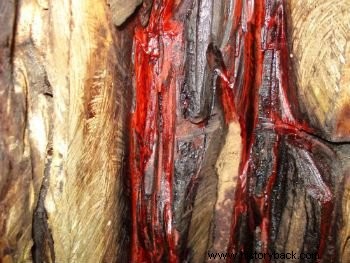 Pau-Brasil
Pau-Brasil
In view of this, the Portuguese began to negotiate with the Indians using barter, that is, in exchange for cutting and transporting wood, the Portuguese offered them objects and weapons unknown to the Indians. Later, they enslaved the Indians to enrich themselves even more.
However, the wood that had been overexploited began to show signs of extinction. Furthermore, sugar already had great value on the European market.
Thus, it was the end of the pau-brasil cycle to start the sugarcane cycle, which was already cultivated by them in other regions of the world.
Read Also :
- Pau-Brasil Cycle
- Indigenous Slavery in Colonial Brazil
Sugar Cane Cycle
The sugarcane cycle was the second economic cycle developed during colonial Brazil. It was a product valued in the European market and the Portuguese already planted sugarcane in other places and therefore had planting techniques.
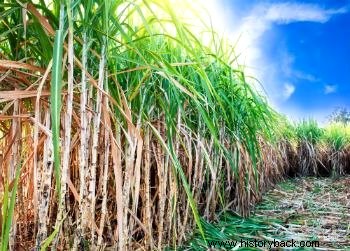 Sugarcane
Sugarcane
During this period, African slave labor was already used, since the Indians were affected by various diseases and those who survived this exploitation tried to escape. As they knew the territory much better, the Portuguese had difficulty finding them.
This is how the slave trade and the transport of African slaves began. Sugar at that time was the main export product. The main characteristics of the sugarcane cycle are:
- Plantation System
- Monoculture
- Latifundia
- Use of slave labor
- Aimed at the foreign market
Read Also :Sugarcane Cycle
Gold Cycle
The gold or mining cycle begins at the end of the 17th century when the Portuguese found several deposits of the mineral. This occurred, above all, in the region of the state of Minas Gerais, reaching its peak in the 18th century.
In addition to Minas, gold deposits were also found in the states of Goiás and Mato Grosso.
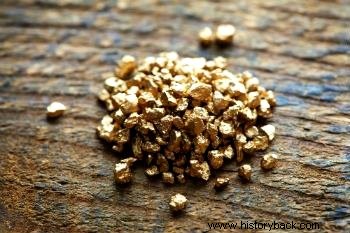 Gold
Gold
It is a period of heyday of the colonial economy. The Portuguese, who already suffered from global competition from sugar, began to invest in the extraction of ore because they believed in economic stability.
This economic boom generated wealth for the metropolis that sent all the gold to Europe. At this stage, there was also a considerable increase in the population in the country. The gold cycle ends at the end of the 18th century due to the exhaustion of the country's mines.
The Inconfidência Mineira (1792) was one of the important movements that took place at the time of the Gold Cycle, whose main objective was the liberation of the colony.
See also:Gold CycleCotton Cycle
With the depletion of gold mines in the country, cotton (called "white gold") became one of the main export products from the 18th and early 19th centuries.
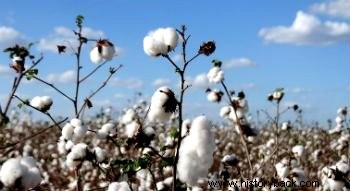 Cotton
Cotton
With the advent of the Industrial Revolution in England and the need to obtain raw material for the textile industry, cotton began to play a leading role in the country's economy.
This phase is called the “Agricultural Renaissance” as many tropical products begin to be cultivated simultaneously across the country, with the aim of supplying the European foreign market.
One of the determining factors was the growth of the European population in this period and, consequently, the increase in the consumption of tropical products.
See also:Cotton Cycle in BrazilCoffee Cycle
Coffee (also called “black gold”) was one of the main export products when the first seedlings of the plant arrived in the country. This happened in the middle of the 18th century, and this period reached its peak in the 19th century.
The west of São Paulo and the Vale do Paraíba region were the main cultivation sites, given the favorable soil present:terra roxa.
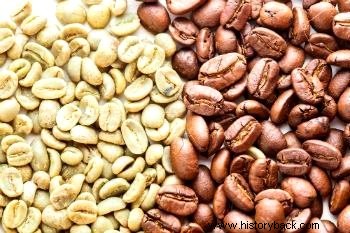 Coffee
Coffee
This economic period begins with the decline in sugarcane exports. Although slave labor was used at the beginning of coffee cultivation, many immigrants, especially Italians, arrived in the country to work in the fields (in the monoculture system).
At the end of the 19th century, Brazil exported more than 50% of the product for world consumption.
Read Also :
- Coffee History
- Coffee Cycle
- Immigration in Brazil
Rubber Cycle
In that period, latex was the main export product, which was used for the production of rubber.
This economic cycle was developed in the northern region of the country mainly in the cities of Manaus (Amazonas), Porto Velho (Rondônia) and Belém (Pará).
Likewise, the rubber cycle is directly linked to the occupation and subsequent purchase of the territory of Acre by Brazil, as there were many rubber plantations there.
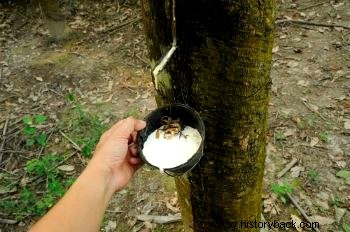 Latex Extraction
Latex Extraction
It covered the period between 1890 and 1920, being divided into two phases:1879 and 1912 (first rubber cycle), and between 1942 and 1945 (second rubber cycle).
In the first phase, the main impetus for the production of this product, extracted from the rubber tree, was the advent of the English Industrial Revolution, which required more raw materials to manufacture products. During this period, around 40% of all Brazilian exports came from the Amazon.
See also:Rubber CycleComplete your search :
- Economy in Brazil
- Extractivism in Brazil
